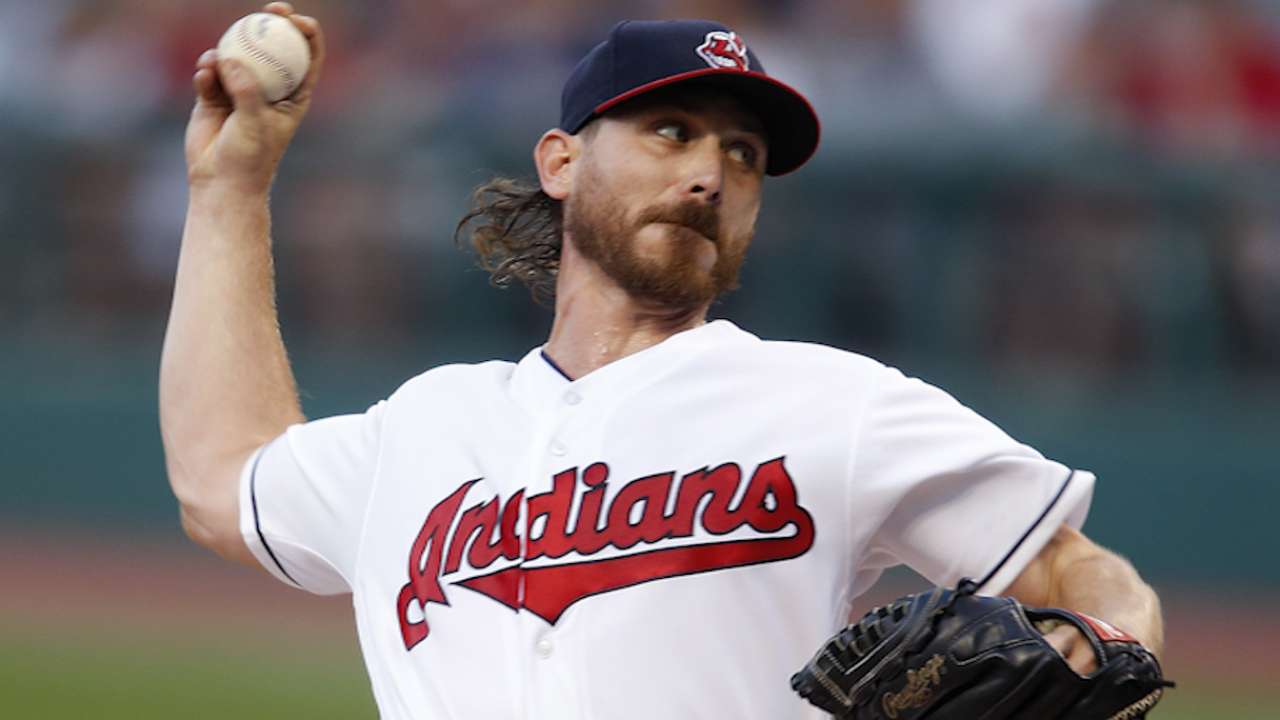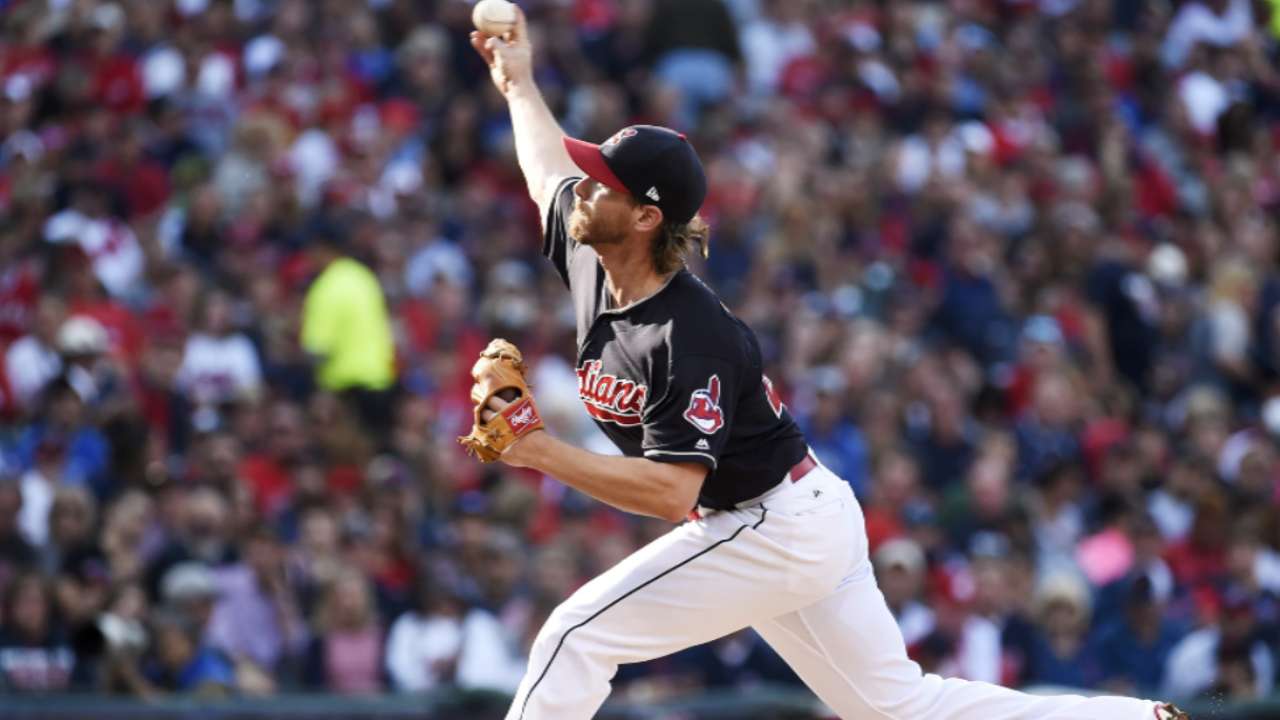5477
by civ ollilavad
Cleveland Indians, a School for Executives, Face Mark Shapiro, a Top Alumnus
In his spring-training office, overlooking right field at the Toronto Blue Jays’ ballpark in Dunedin, Fla., Mark Shapiro stands when he works at his computer. It is good for his posture and in keeping with the athletic pose of a former Princeton University offensive lineman. It also makes Shapiro seem ready for anything, in an instant.
For the Blue Jays’ president and chief executive — responsible for both business and baseball operations — that only makes sense. Shapiro welcomes the duties, but he never works alone.
“In any culture that I’ve enjoyed being a part of, it involves a collaborative effort of how do we get better today and how do we pool intellect, experiences and skill sets to make the best collective decision?” Shapiro said in that office, explaining his principles while taking a break after a spring game.
“I’ve never been convinced one person can make a decision better than a group of people.”
Shapiro joined the Blue Jays last fall after 24 seasons with the Cleveland Indians. His old and new teams will meet on Friday at Progressive Field in the opener of the American League Championship Series, after the Blue Jays swept Texas in their division series and the Indians swept Boston.
Continue reading the main story
As his former lieutenants celebrated on Monday night at Fenway Park, Shapiro was a powerful presence in spirit. The Indians relish the matchup with their former architect.
“It will be really fun to see those guys and compete against them,” said Mike Chernoff, the Indians’ general manager, ducking into a dry corner of the clubhouse. “Mark was a mentor to all of us here, and it means a tremendous amount. He’s helped to build all of this.”
Shapiro did not build an empire in Cleveland. The Indians have not reached the World Series in 19 years, a drought nearly as long as Toronto’s, which dates to 1993. But what he did, within a framework that changed radically during his tenure, was so impressive that the Indians have become a kind of model franchise in the industry.
Shapiro succeeded John Hart as the Indians’ general manager after the 2001 season. Hart — now the president of baseball operations for the Atlanta Braves — had created an environment that valued input from a wide range of young deputies, and Shapiro helped turn Cleveland into a feeder system for other front offices. The Indians’ deep bench of sharp executives helps make up for their small payroll.
“It seems to work, and we have to have that,” said Paul Dolan, the Indians’ owner. “We’re not going to outspend the Boston Red Sox or the New York Yankees or more than half of M.L.B. So we’ve got to do it with the right people in place in our front office making the best decisions possible.”
Photo
The secret has long been out: If you need to make a hire in baseball operations, look for Cleveland on a résumé. All of these current and former general managers — or similarly titled top decision makers — worked for the Indians under Shapiro: Chris Antonetti, Ross Atkins, Josh Byrnes, Ben Cherington, Chernoff, Paul DePodesta, Derek Falvey, Mike Hazen, Neal Huntington and David Stearns.
Huntington has been the Pittsburgh Pirates’ general manager since 2007, and the Milwaukee Brewers hired Stearns in that position last year. Stearns worked closely in Cleveland with Falvey, who was hired this month, at age 33, as the chief baseball officer for the Minnesota Twins.
Cherington, who guided the Red Sox to the 2013 World Series title, now works for Shapiro in Toronto, where Atkins — also a former Cleveland minor league pitcher — is the general manager. Byrnes works for the Los Angeles Dodgers, Hazen is general manager of the Red Sox, and DePodesta, after helping the Mets reach the World Series last year, oversees the Cleveland Browns in the N.F.L.
Dan O’Dowd, a former Indians assistant who now works for MLB Network, grew another branch of executives in Colorado, where six other top executives — Jeff Bridich (Colorado), Jon Daniels (Texas), Jerry Dipoto (Seattle), Billy Eppler (Los Angeles Angels), Michael Hill (Miami) and Matt Klentak (Philadelphia) — all worked.
“I get the sense that there’s an insatiable desire to get better in the Indians’ organization,” said a top official of another team who was granted anonymity so he could speak candidly about a rival franchise.
“Professional development, trying to evolve as executives and leaders — that’s all very prevalent. There never seems to be any complacency, and that mind-set is essential in a place like Cleveland, where they don’t have the highest revenue.”
The Indians’ opening-day payroll was about $96 million, ranking in the bottom third of major league teams. Four teams — the Dodgers, the Yankees, the Red Sox and the Detroit Tigers — spent twice as much. Yet the Indians ran away with the A.L. Central, at 94-67, finishing just half a game behind the Rangers for the league’s best record. It was their third playoff appearance in the past 15 years, which does not sound like much. But consider the context.
When Shapiro became general manager, the Indians were coming off their sixth division title in seven seasons. In their last pennant-winning season, in 1997, they ranked third in the majors in payroll. The Browns were gone, the Cavaliers were struggling, downtown businesses were thriving, and fans were flocking to a new ballpark to see a team that had not contended in decades.
But the boom times were bound to end, and Shapiro saw it coming. In his first full season as general manager, in 2002, he resolved never to let the Indians get into the kind of deep, sustained rut that was plaguing teams in similar markets, like Kansas City and Pittsburgh.
That June — with almost no advance warning — Shapiro traded Bartolo Colon, then a young ace who would not be a free agent for a year and a half, to the Montreal Expos for a nondescript first baseman and prospects. The fans erupted.
“It came across as Bartolo Colon for Lee Stevens and three minor league players,” said Huntington, who worked under Shapiro for almost nine years. “Those three minor league players were Cliff Lee, Brandon Phillips and Grady Sizemore, and it was an organization-altering trade. But there was so much hatred and anger and venom, and Mark remained steadfast. He was willing to wear it for the organization because he believed we were doing the right thing.”
Since 2003, the Indians have essentially gone .500 (1,130-1,136) while never staying down for very long. They won 93 games in 2005 and made the most of the bad season that followed by acquiring the future stars Asdrubal Cabrera and Shin-Soo Choo in separate deals with Seattle for Eduardo Perez and Ben Broussard.
The next season, the Indians came within one A.L.C.S. victory of the World Series. As they slid to .500 in 2008, they acquired two cornerstones — Carlos Santana and Michael Brantley — in deals for Casey Blake and C. C. Sabathia.
Again and again, the Indians expertly understood other teams’ motivations and pried away high-impact talent in trades. They got Carlos Carrasco for Lee, Corey Kluber for Jake Westbrook, Yan Gomes for Esmil Rogers and Trevor Bauer for Choo. The longest streak of losing seasons under Shapiro and Antonetti — his successor as general manager and then president — is four.
“He’s a transformational leader,” Antonetti said of Shapiro. “He’s a guy that can set a vision and get an entire organization and group of people to believe in it, pull in the same direction and be committed to accomplishing it.”
Chernoff said the Indians fostered an atmosphere in which few barriers exist between different departments. Executives are expected to dabble in multiple areas — amateur and professional scouting, player development, game-day planning with coaches — and know that their bosses listen to them.
“It’s an incredibly inclusive environment,” said Stearns, who spent most of 2012 with the Indians. “And what that inclusion does is, it really forces people at all levels to work incredibly hard because you never know exactly when your opinion will be needed or counted on in a certain realm. To me, that was really the main takeaway from the front office: There’s an inclusive energy where everyone honestly believes — and truly has — an impact on what’s happening on the field.”
The biggest impact on the Indians, though, came from Shapiro, whose team now stands in their path to the World Series. Reached by phone Wednesday night, after he landed in Cleveland for the series, Shapiro said it felt both strange and exhilarating.
“I’m excited for the entire Indians organization, from top to bottom, because the relationships there are much deeper and much stronger than they would be with any other team,” he said. “But I know this, from facing them in the regular season: When the first pitch comes, all that goes away, and the overwhelming competitive desire to win is all you feel.”

